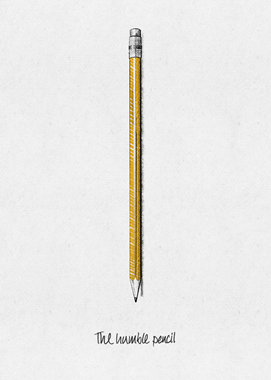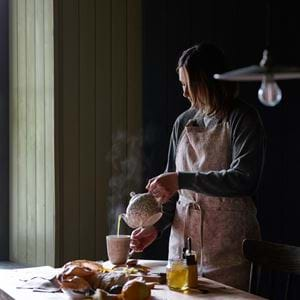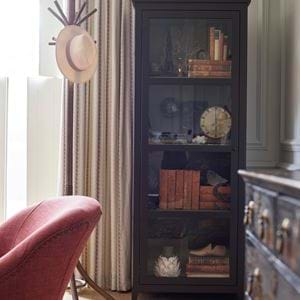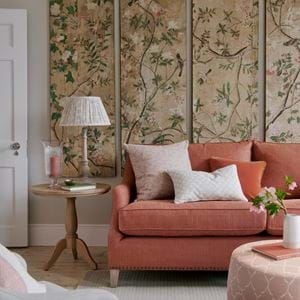The humble pencil
The humble pencil
While the pencil holds every child’s hand as they journey into the world of joined up writing, a look back through history shows us the importance of this most modest of implements, as Amy Moorea Wong discovers.
The pencil is a tool found in every home, often quietly filling drawers and gathering dust in pots. But with 16 billion produced every year, it’s clearly an object of note – small but mighty – with a history dating back centuries.
Pick up a pencil – there’s probably one close by – put it into a sharpener, twist, and something strange will happen. In an instant, you will be a child again, packing your bag for the first day of school or nervously using the communal sharpener. Now try writing with it. It’s the sound that hits you first, a pleasing soft scratch you’ve probably heard throughout your life but never really listened to. Then you realise you’re in control of the shapes of the letters – rather a shock after decades of flitting between Arial and Helvetica – and suddenly the simple pleasure of it all comes flooding back.
The pencil is the original gadget for communication and creativity, and its history is long and far reaching, thought to date back to the ancient Roman stylus, a lead rod used to mark papyrus or wax-covered tablets. Fast forward to the 1560s and a large, solid graphite deposit (still the only one of its kind ever found) was discovered in the Cumbrian hills – locals used chunks to mark their sheep, and eventually it was cut into strips and wrapped in string, before an early ancestor of the pencil was born when it was sandwiched between two pieces of timber.
The invention of the pencil as we know it today is attributed to Nicholas-Jacques Conté, a French scientist serving in Napoleon Bonaparte’s army. In 1795, he found that by mixing different amounts of powdered graphite and clay, the darkness of the substance would vary, and he was the first to encase the material in two half-cylinders of wood; both methods still used today. The 1800s saw brands such as Faber-Castell, J.S. Staedtler and Koh-I-Noor rise to the fore, with natural rubber being added to the end of the sticks to erase marks in 1858 by American stationer Hymen Lipman (before which bread crumbs were used).
A single pencil can draw a line 35 miles long or write 45,000 words, and many literary greats chose the instrument as their weapon of choice. Author John Steinbeck is said to have used up to 60 a day, while Ernest Hemingway enjoyed its fluidity, quoting ‘Wearing down seven number two pencils is a good day’s work’. Roald Dahl began each day with six sharpened pencils and would only reinstate the points when they all became blunt; the implements also pervaded his books, with Willy Wonka shouting, ‘Do you know what breakfast cereal is made of? It’s made of all those little curly wooden shavings you find in pencil sharpeners!’ Margaret Atwood’s advice to budding writers? ‘Take a pencil to write with on aeroplanes. Pens leak.’
The pencil doesn’t age or become outdated, being renewed with the simple act of sharpening. It’s a universal piece of design, transcending geographical and social boundaries, is eco-friendly, and works underwater and in zero gravity (although it was banned by Nasa for being flammable). Its general design principles haven’t changed in more than 400 years – a rare feat.
From learning to write to the stubs filling voting booths, pencils are often behind the scenes at life’s critical moments, giving us the freedom to make mistakes and stray from the lines; as James Dyson says, ‘The computer dictates how you do something, whereas with a pencil, you’re totally free.’
Amy Moorea Wong is an interiors and lifestyle journalist, previous features editor at Elle Decoration and news editor at Livingetc. @amy_moorea
This article is taken from the 13th volume of our anthology, Stories.






